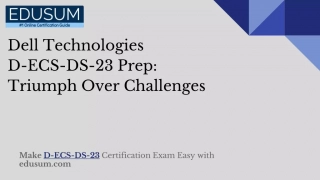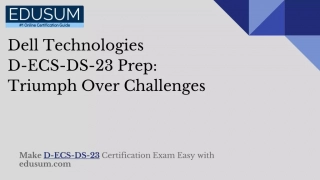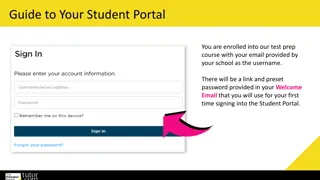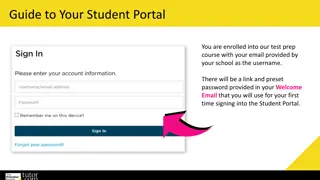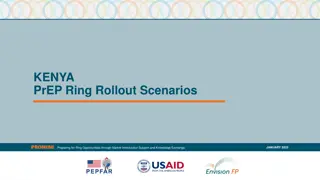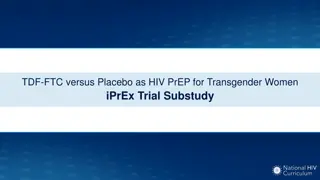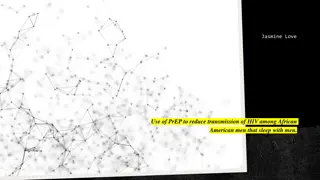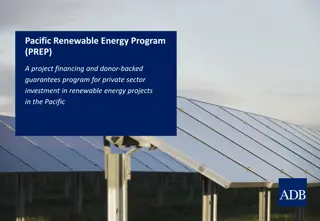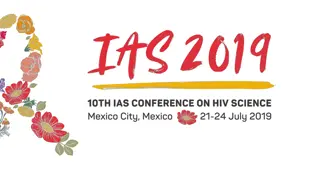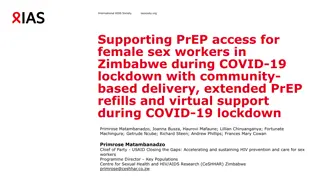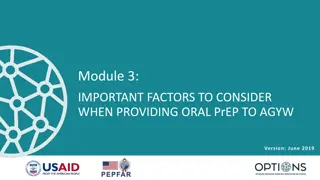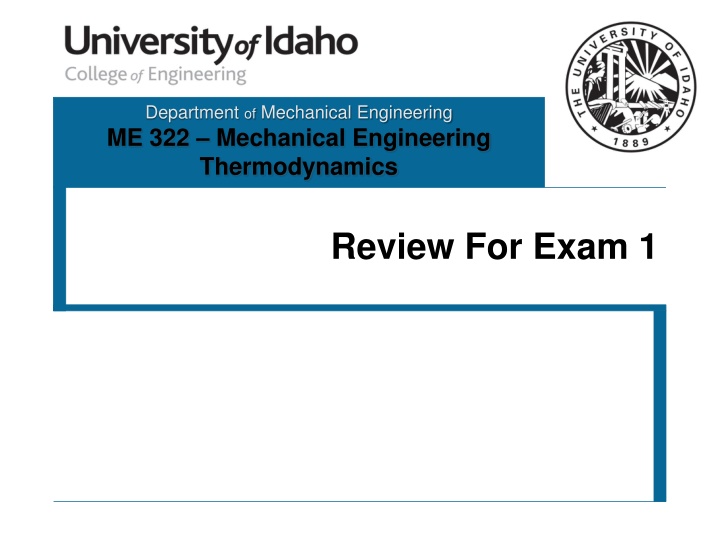
Mechanical Engineering Thermodynamics Exam Review
Get ready for your Mechanical Engineering Thermodynamics Exam with this review covering topics like working with moles and mass, using English and SI units, identifying system types, applying thermodynamic models, understanding thermodynamic properties, and more.
Download Presentation

Please find below an Image/Link to download the presentation.
The content on the website is provided AS IS for your information and personal use only. It may not be sold, licensed, or shared on other websites without obtaining consent from the author. If you encounter any issues during the download, it is possible that the publisher has removed the file from their server.
You are allowed to download the files provided on this website for personal or commercial use, subject to the condition that they are used lawfully. All files are the property of their respective owners.
The content on the website is provided AS IS for your information and personal use only. It may not be sold, licensed, or shared on other websites without obtaining consent from the author.
E N D
Presentation Transcript
Department of Mechanical Engineering ME 322 Mechanical Engineering Thermodynamics Review For Exam 1
Exam Information 50-minutes (strictly enforced) Resources allowed The blue properties booklet You can write anything you want in the white space of this booklet. NO photocopies, no taping, pasting, photocopies, or loose papers (exception is the table to find phase) A handheld calculator No other electronic devices may be used including cell phones, computers, tablets, music players, etc. 2
Exam Information A table of conversion factors will be provided with the exam NO interpolation will be required Material covered Everything since the first day of class All in-class lecture material All in-class problem solutions All assigned reading questions All homework assignments 3
Do you know ... How to work with moles as well as mass? How to work with English and SI units (including gc )? How to express fundamental dimensions in FLt or MLt? How to distinguish open, closed, and isolated systems? How thermodynamic properties are related to derivatives (as in Eqn 3.7)? How to apply the incompressible substance model? (using saturation data) How to apply the ideal gas model? (for PVT behavior as well as for internal energy, w/isochoric heat capacity, and enthalpy, w/isobaric heat capacity) How to apply the real fluid model (w/property Tables and w/EES)? How to locate thermodynamic states and sketch simple processes on P-T, P-v, and T-v diagrams? (critical point, triple point, saturation line, fusion line, compressed liquid region, two-phase region, superheated vapor region) What is the meaning of the technical terms inside back cover of your text (except entropy, isentropic, reversible, and availability)? What is quality? When is it used and how do you calculate it? 4
Do you know ... How to calculate moving boundary work (for real fluids and for ideal gases)? What is a polytropic process (with special values of n for isochoric, isobaric, and isothermal ideal gas processes)? How to apply the Conservation of Mass to a system? How to apply the First Law of Thermodynamics to a system? What is the sign convention for heat, work, and energy transport within the First Law of thermodynamics (as used by engineers)? How to represent processes and cycles on P-V diagrams? How to use these diagrams to visualize process work as well as net cycle work? How to apply a thermodynamic problem solving methodology? How to code in EES (managing units, accessing fluid properties, using parametric tables, checking equations, and formatting results)? Can you calculate First Law efficiency of various systems? Can you use the Air Tables to find values and perform isentropic calculations? 5
Do you want ... FE-Style questions on your exam? These should take ~2-5 minutes per question, so up to 20 of these questions in 50 minutes Circled correct answer without supporting information gets you no points Circled incorrect answer, but with reasonable work can get you partial credit Can be conceptual, or calculation types of questions Traditional calculation questions? These should take 12-16 minutes per question, so 3-4 questions in 50 minutes Need to show all of your work A mix of FE and Calculation Questions? 6

